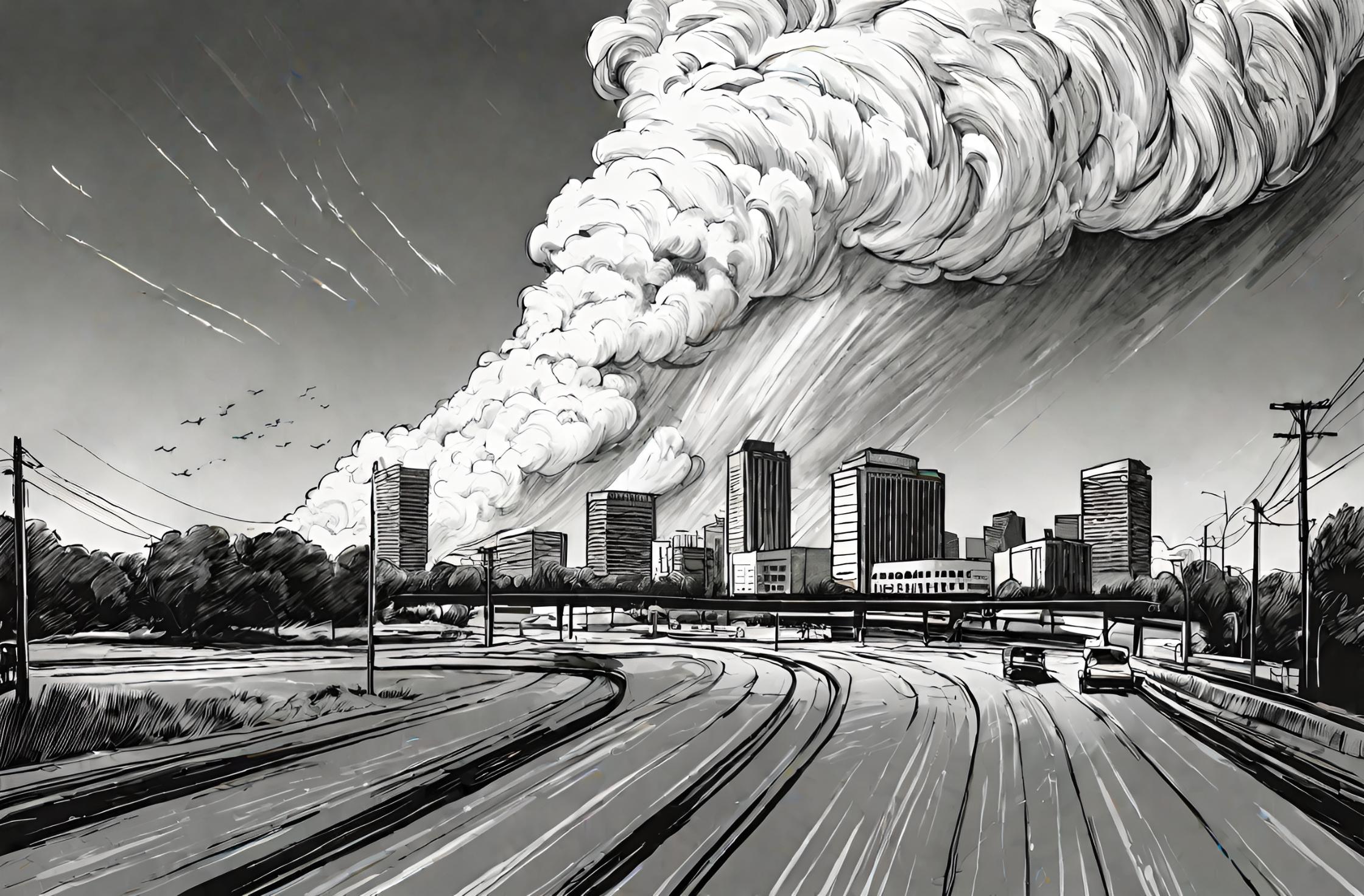Flashback to July 5
American History

On May 3, 1999, the city of Oklahoma City experienced a devastating F5 tornado as part of the Oklahoma Tornado Outbreak. The tornado claimed the lives of 42 people, injured 665, and caused an estimated $1 billion in damage. This tragic event serves as a reminder of the destructive power of nature and the importance of preparedness in the face of such disasters.
The Oklahoma Tornado Outbreak of 1999 was one of the worst tornado outbreaks in US history, with a total of 66 tornadoes recorded throughout the region. Among these, the F5 tornado that hit Oklahoma City was the most destructive, leaving a path of destruction in its wake.
Tornadoes are nature’s most violent storms, characterized by strong rotating winds that form a funnel-shaped cloud. The Enhanced Fujita (EF) scale is used to measure tornado intensity, ranging from EF0 (weakest) to EF5 (strongest). An F5 tornado, like the one that struck Oklahoma City, has wind speeds exceeding 200 miles per hour (321 kilometers per hour) and can cause catastrophic damage.
In the case of the Oklahoma City tornado, it touched down in the southwest part of the city and quickly intensified, growing wider and stronger as it moved northeastwards. The tornado carved a path of destruction almost 19 miles (31 kilometers) long and up to 1 mile (1.6 kilometers) wide. Entire neighborhoods were obliterated, with houses reduced to rubble and debris scattered across the landscape.
The loss of life and injuries resulting from the F5 tornado were devastating. 42 people tragically lost their lives, leaving behind grieving families and a community in mourning. 665 others were injured, some with life-altering wounds. These numbers serve as a stark reminder of the destructive force that tornadoes can unleash and the importance of taking necessary precautions to protect lives.
The economic impact of the tornado cannot be ignored either. The estimated $1 billion in damages included the destruction of homes, businesses, infrastructure, and public facilities. Rebuilding and recovery efforts took years, with the city working tirelessly to restore normalcy and support those affected by the disaster.
In the aftermath of the Oklahoma City tornado, lessons were learned and changes were made to improve tornado preparedness and response. This event prompted an increased focus on early warning systems, such as tornado sirens and weather radios, to alert residents of impending danger. It also led to advancements in tornado research and technology, aiding meteorologists in better understanding tornado formation and behavior.
Furthermore, the tragedy sparked conversations about building codes and the construction of tornado-resistant structures. The implementation of stricter building regulations and the construction of tornado shelters have since become a priority in tornado-prone areas. These measures have proven effective in reducing the potential for loss of life and minimizing property damage during subsequent tornado events.
The Oklahoma City tornado of 1999 serves as a somber reminder of the catastrophic impact tornadoes can have on communities. It is a stark reminder of the need for preparedness, early warning systems, and resilient infrastructure to mitigate the devastating effects of such natural disasters. While communities have made strides in improving tornado preparedness since this event, continued efforts to raise awareness and ensure safety remain crucial in tornado-prone regions.
We must never forget the lives lost and the devastation caused by the Oklahoma City F5 tornado. By working together and remaining vigilant, we can honor the memory of those affected by this tragedy and strive for a more resilient future in the face of natural disasters.
We strive for accuracy. If you see something that doesn't look right, click here to contact us!
Sponsored Content

William Booth founded Salvation…
"On July 5, 1865,…

Engagement at Carthage, Missouri.
The Engagement at Carthage,…

C Jackson discovers asteroids…
On July 5, 1937,…

Committee of 9 appointed…
On July 5, 1843,…

William Shockley invents the…
On July 5, 1951,…

President Franklin Roosevelt signs…
On July 5, 1935,…

